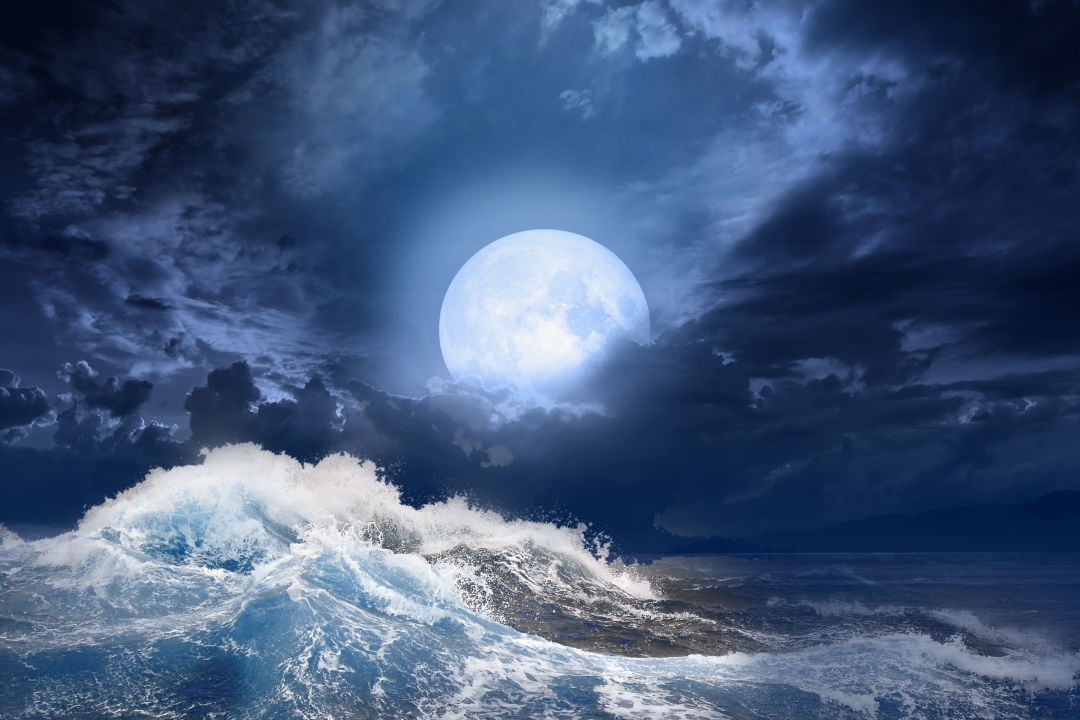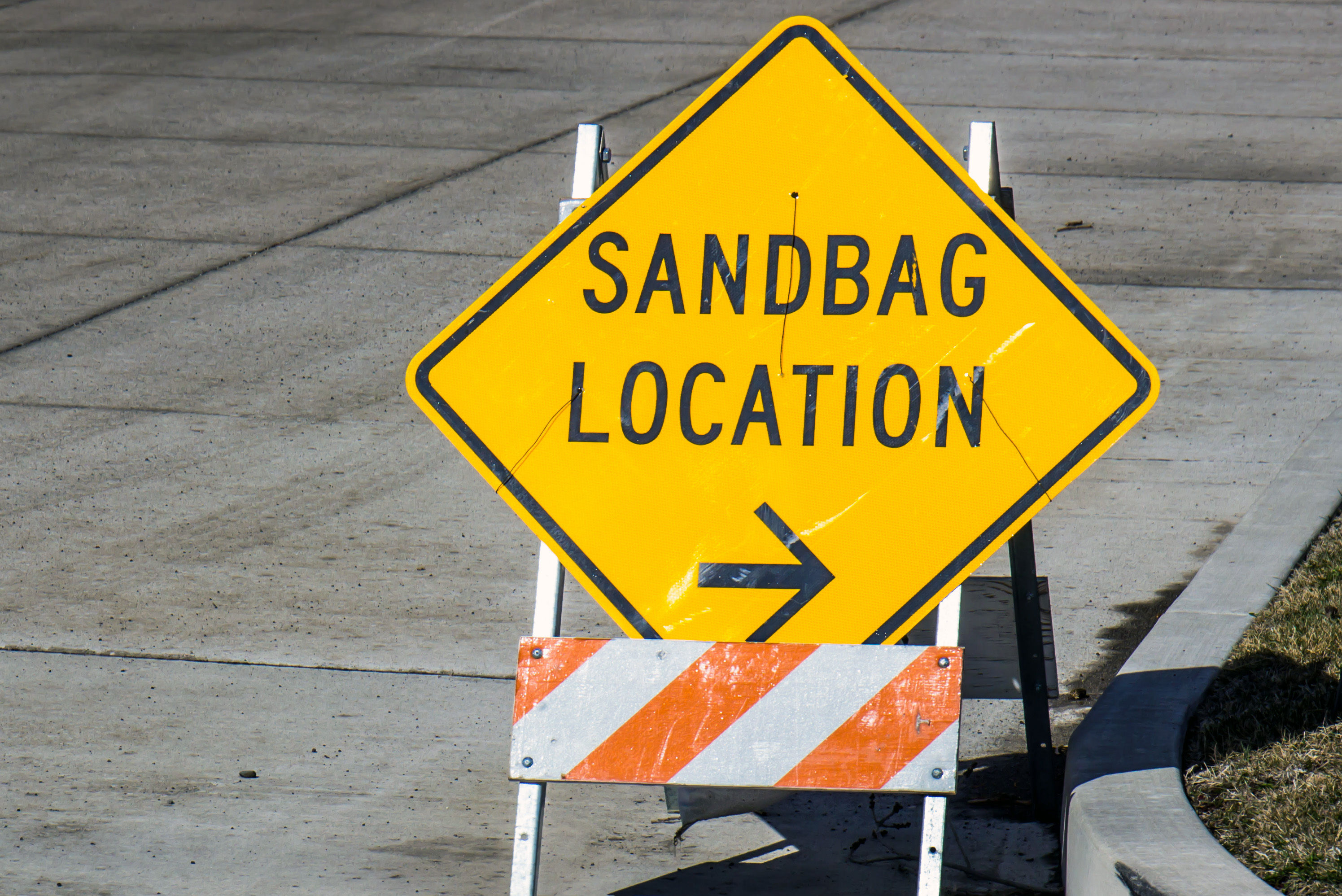Hurricane Idalia Will Make Landfall During a 'Super Moon' and 'King Tide.' But What Does That Mean?

A super moon and king tide will coincide with Hurricane Idalia's landfall.
Image: Shutterstock
In the coverage of Hurricane Idalia, you may have heard terms like “super moon” and “king tide” used to emphasize the potential for increased storm surge as Idalia makes landfall.
Storm surge itself is nuanced and can be impacted by many factors, including the pressure of the storm, the wind intensity, the depth of the seafloor and the speed at which the storm moves ashore. Tide levels also play a role in the breadth at which storm surge rises.
According to NOAA, a king tide is a non-scientific term to describe exceptionally high tides, which occur only once or twice a year—usually around a new or full moon. Tidal changes are caused by the moon's gravitational pull, and this week’s full moon, or “super moon,” will bring regional tides to a yearly high as Hurricane Idalia arrives in coastal Florida.
But what is a "super moon"?
“Super moon” is a term used to describe the occurrence of a full moon when the moon’s orbit is at its perigree—that is, closest with the Earth—roughly 226,000 miles away. During a super moon, the moon looks especially big and bright. August's super moon is particularly rare as it is also a blue moon, which means it’s the second full moon of the month. While the blue factor has no impact on the tide, it does make tomorrow’s moon extra special. (You've likely heard the phrase "once in a blue moon"—now you know where it comes from.)
The combination of a king tide caused by the super moon and the arrival of Hurricane Idalia will have an abnormal impact on storm surge, but as we track the course of the storm, exactly how these factors will play out remains to be seen.



